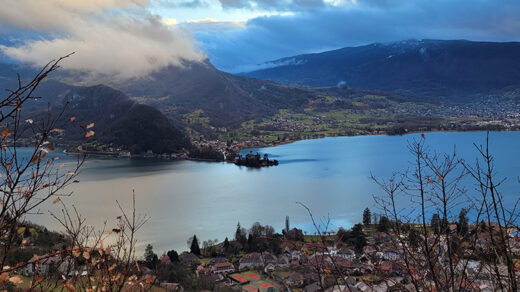Have you ever had one of your foreign friends visit your city? It’s a whole experience. Often, because you want them to see the monuments and the famous places, you end up visiting your own neighborhood and feel like a foreigner yourself. You’re so used to the way things are that you never asked yourself what their history was.
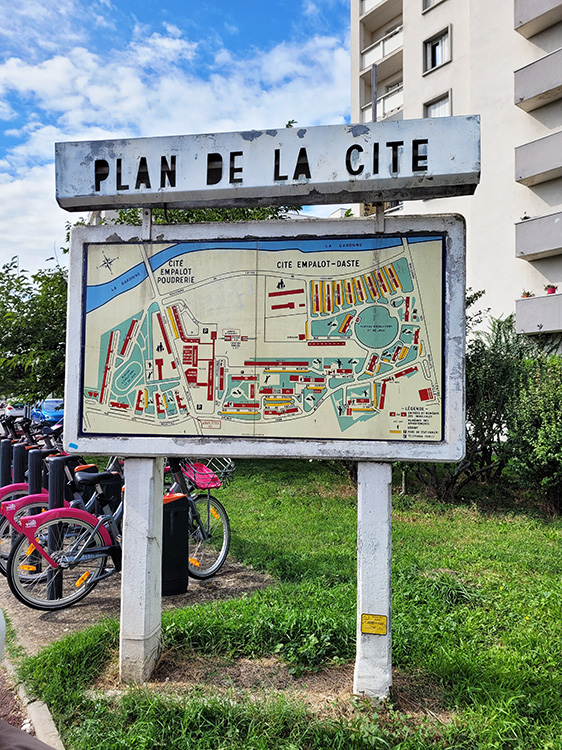
Seeing Your Neighborhood From Another Perspective
When my Australian friend, Amy, came to visit my parents’ village, she noticed that there was one church, but two bakeries. “How French”, she said. And she was right.
When I showed her Poitiers, we saw the beautiful paintings inside Notre Dame. Honestly, I had completely forgotten how refined the inside of the church was. I think I might have visited it as a child with school, and that was it. I had also forgotten that Poitiers is on the Camino de Santiago, and that there are UNESCO monuments to see.
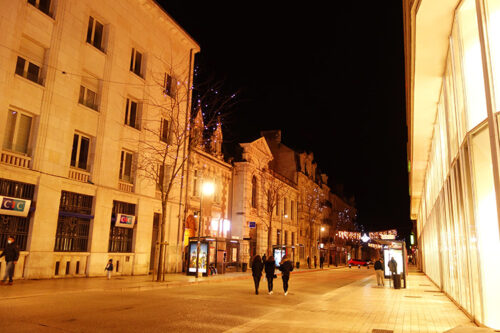
European Heritage Days: Seize The Opportunity To Know Your Neighborhood Better
I just came back to Toulouse a few months ago, and my new neighborhood is kind of ugly. Imagine lots of high condominiums… Not at all pretty like the old center of Toulouse. But for the European Heritage Days, I saw that an association called Un œil sur ma ville (An eye on my city) was offering a free tour of Empalot, my new neighborhood. So, on Saturday morning, at 10am, I was there.
Empalot, Not So New
The first thing I learnt was that, even if Empalot looks modern with its high buildings, it’s actually one of the oldest districts of Toulouse. Indeed, excavations have revealed that it dates back to the Neolithic age!
The guide said that, when Romans built the new Toulouse, people left Empalot to go there, and the area became more of a necropolis.
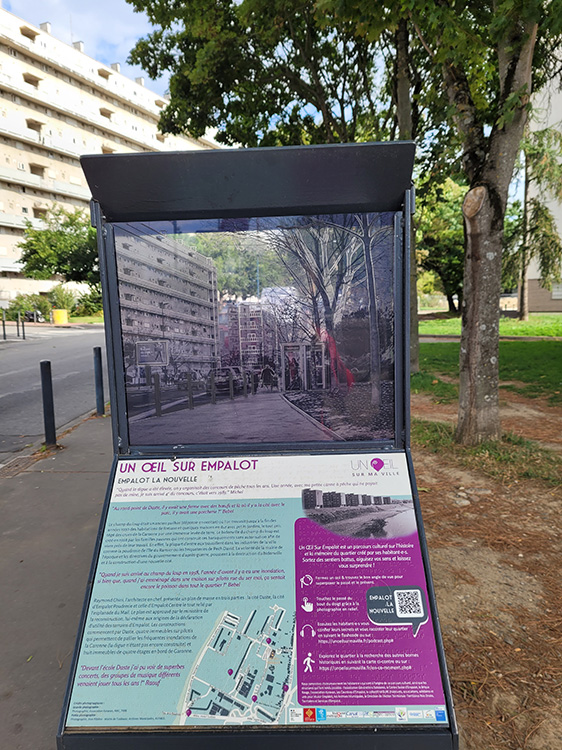
Where Does The Name Of My Neighborhood Come From?
If you’re not French, you probably don’t know this, but Empalot doesn’t mean anything. So where does it come from? There’s a language around Toulouse called Occitan (and the region is called Occitanie). A long long time ago, A certain Mister Palot was the main landlord in Empalot, so when people came there, they said they were going to Palot’s place. In occitan, it would be “En Palot“. And so, the area became Empalot. Several districts in Toulouse have the same kind of story, Rangueil for example. And some cities in France too.
The place was also called “Le champ du loup“ (the wolf’s field), and the guide said that was because it was indeed a field at some point, not properly maintained, not ideal to live in and not very safe. And that’s why there’s an image of a wolf to illustrate the metro station (each metro station has a symbol in Toulouse).
The working population was living there, most of them in the Royal (and then National) gunpowder factory.
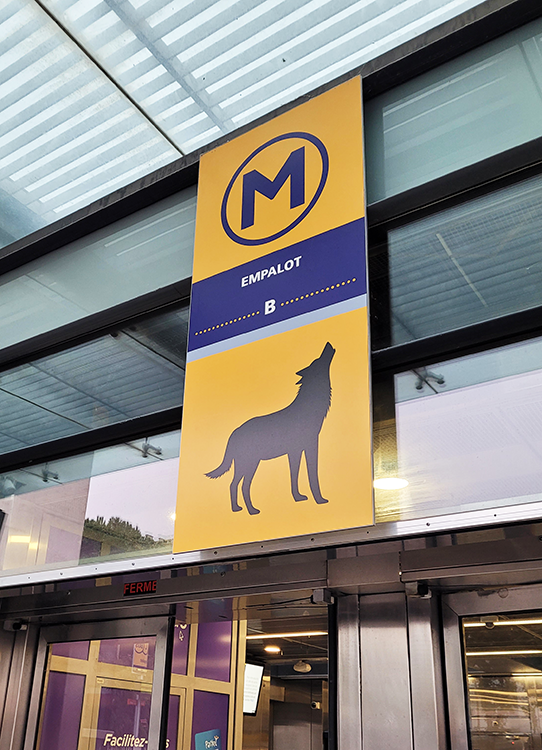
Empalot During World War II
I wouldn’t have wanted to be alive during World War II, and especially not in Empalot. The guide said that there was a heavy German presence here, so life was hard. Plus, British planes were constantly flying above the area.
The reason? The gunpowder factory of course.
The British bombed Empalot twice to make sure Germans wouldn’t have more ammunition. Unfortunately, they missed and destroyed buildings, causing about 20 deaths on May 2nd, 1944.
There’s a giant tree in Empalot that I like. It turns out that the tree is really old and survived the bombings.
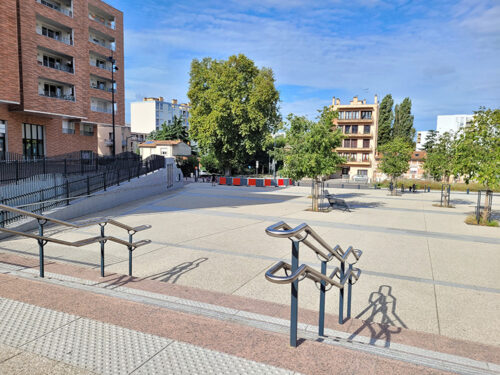
There Should Have Been No Metro Station In My Neighborhood
There are two metro lines in Toulouse: A and B. The metro line B was not supposed to stop in Empalot, but people asked for it and the city modified the line.
If you look at the line, you can actually see that it’s not straight.
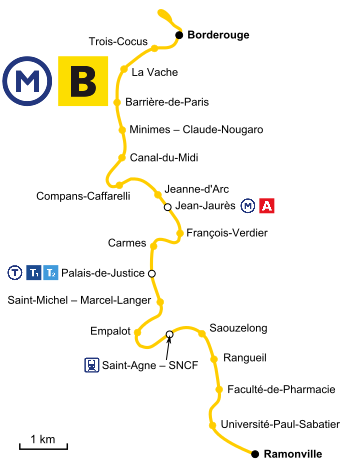
Anyway, all of that to say that I didn’t get bored during the 2.5 hours of the tour. Behind every place, there’s a history, and I think it’s cool to learn about it. Or at least about your neighborhood.
To see more photos of France, you can visit the gallery France.

